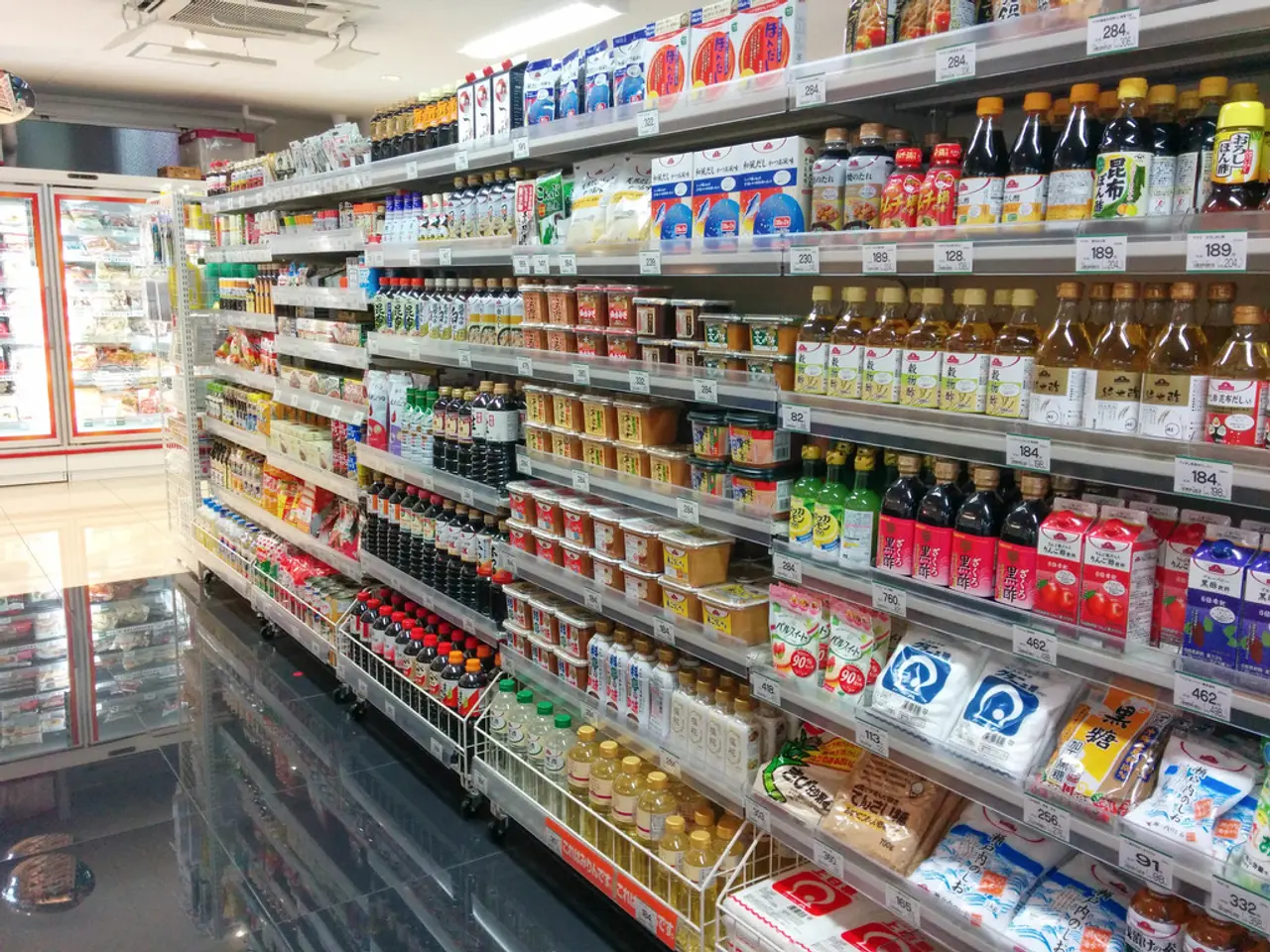Investors capitalizing on escalating food costs
In June 2024, the global food market witnessed a mix of trends and developments.
The Food and Agriculture Organisation of the United Nations' (FAO's) Food Price index (FFPI) showed a 2.1% decrease compared to June 2023, marking a 25% drop from its peak in March 2022. However, the risks to the food price forecast remain "overwhelmingly skewed to the upside" due to potential adverse weather conditions.
The European Union, Russia, and the United States emerged as the most significant wheat exporters for 2024. The EU, despite a slight reduction in expected exports to around 29 million tons, remained the second largest exporter after Russia. The US, on the other hand, forecasted an increase in wheat exports, contributing significantly to global wheat trade.
Climate change continues to pose a threat to agricultural production. In particular, rising temperatures may lift world food prices by between 0.9% and 3.2% per year by 2035. The world grows 95% of its food in the uppermost layer of soil, making topsoil one of the most important components of the food system. However, nearly half of the most productive soil has disappeared in the last 150 years, threatening crop yields.
The US agricultural sector also faced challenges. The US Department of Agriculture (USDA) reported a 2% decrease in the total number of cattle and calves in the US on 1 January 2024, with the number of calves estimated at 33.6 million, the smallest calf crop since 1948. Additionally, the US lost another 1.1 million acres of farmland in 2023, according to the USDA's Farms and Land in Farms report, marking a significant loss since 2016 when US farmland acreage fell by around 24 million acres (almost 3%).
The expansion of cities and towns into previously rural areas is a major cause of this loss of farmland. Natural disasters such as hurricanes, floods, fires, earthquakes, and tornadoes also pose challenges to agricultural production, causing water contamination, loss of harvests or livestock, increased susceptibility to disease, and destruction of irrigation systems and other agricultural infrastructure.
Economically, service-sector prices in Britain were rising at 5.7% in June 2024, while food and non-alcoholic beverage inflation dropped to 1.5%, down from 1.7% in May and the lowest rate since October 2021. The consumer price index (CPI) in Britain for June 2024 remained at 2%, which is in line with the official target.
Investors tracking the agricultural sector might find the sterling-denominated WisdomTree Agriculture ETC (LSE: AGAP) of interest. This ETC provides a total-return investment in a basket of agriculture commodity futures contracts. However, it's down by 27% from April 2022.
Looking ahead, Oxford Economics predicts a global food-price fall of a further 5.6% this year, but anticipates that global food values will increase in 2025. The impact of microplastics in soils, sediments, and fresh water could have a long-term negative effect on terrestrial ecosystems, adding another layer of complexity to future food price forecasts.
In conclusion, while there are signs of improvement in global food prices, the risks remain high due to various factors including climate change, loss of farmland, and natural disasters. The agricultural sector continues to face challenges, and it will be crucial to address these issues to ensure food security for the future.
Read also:
- Lu Shiow-yen's Challenging Position as Chair of the Chinese Nationalist Party (KMT) Under Scrutiny in Donovan's Analysis
- Tough choices on August 13, 2025 for those born under Aquarius? Consider the advantages and disadvantages to gain guidance
- Microbiome's Impact on Emotional States, Judgement, and Mental Health Conditions
- Restaurant staff allegedly requires Minnesota teenager to validate her gender for bathroom access.







